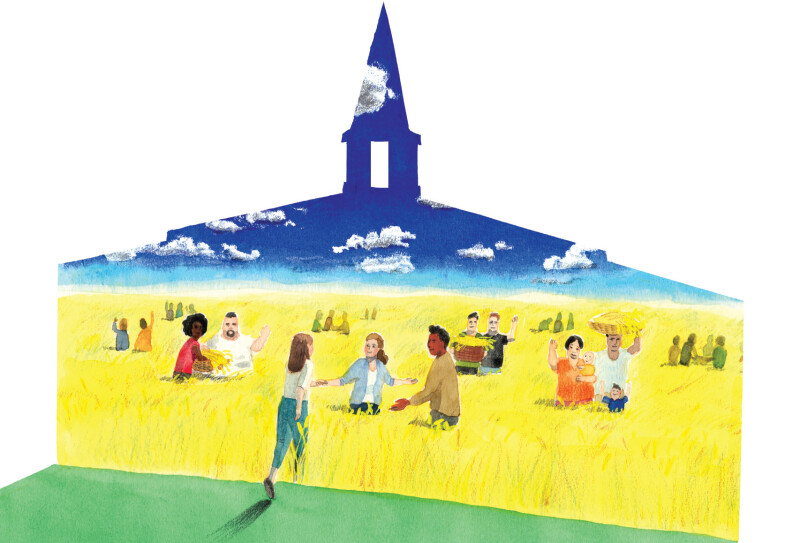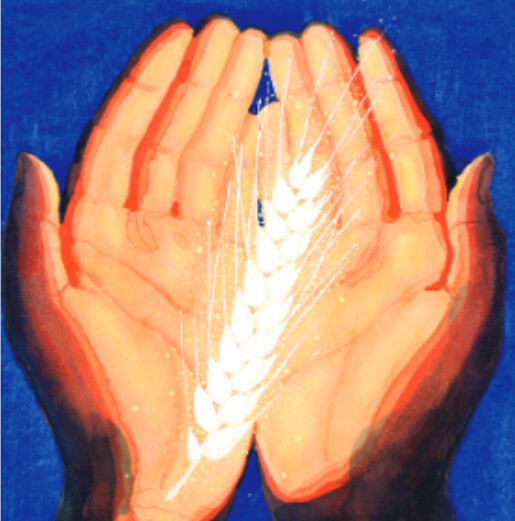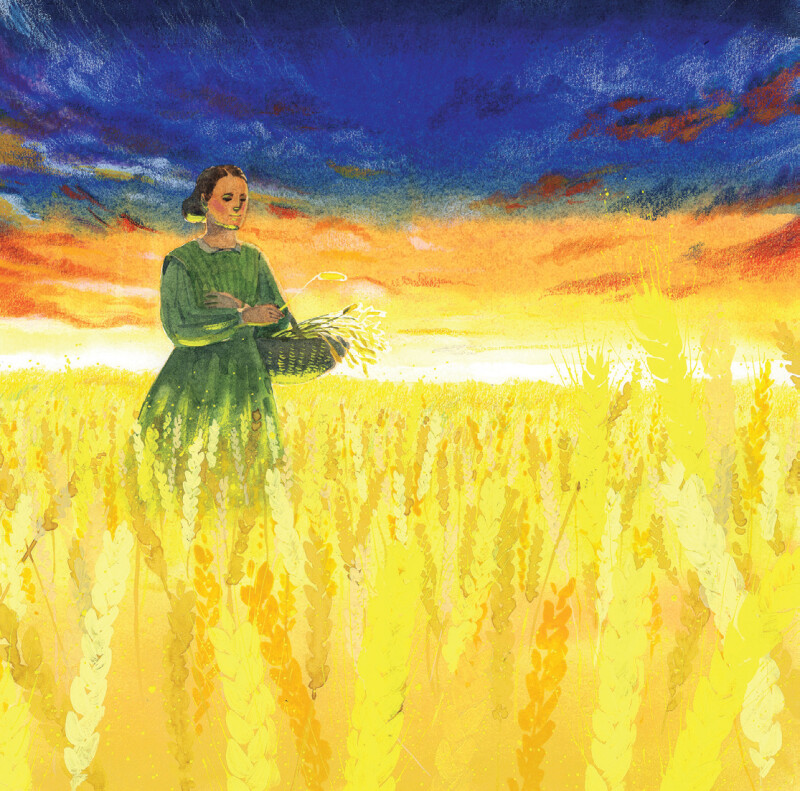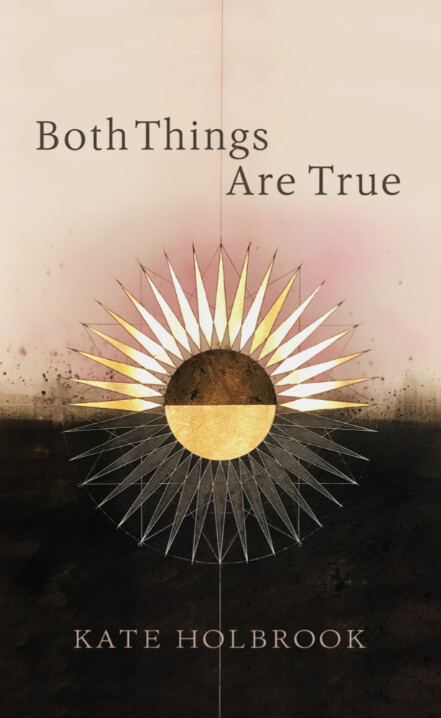Just before leaving for her first year at Cornell University, a young friend of mine approached me with a question on her mind. She had been a Church member for a little under two years, and she wondered about the teaching that the Church is true. It’s a claim so familiar that many of us take it for granted: ours is “the only true and living church upon the face of the whole earth” (Doctrine and Covenants 1:30). When she was baptized, my friend had accepted membership into the Church and entered a covenant relationship with God and her fellow members. But she still wasn’t sure how to explain to classmates what it meant to say that the Church is “the only true church.” She wasn’t even sure why the concept of an “only true church” was necessary.
Her question got me thinking. It’s an excellent question, and she’s far from alone in asking it. What does it mean to say that this is the “true church,” if other religious groups also influence their members to lead good lives and help them feel close to God? What does it mean to say that this is the “true church,” if our historical records reveal a sometimes-messy process of God working with fallible humans? I’m not going to do justice to that question in this short article. Let’s just be clear about that. But I do hope to share some ways of thinking about the truth that is in our Church—and the truth that we can make in and of our Church.
The discomfort that prompted my friend’s question arose, I believe, because the “only true church” claim at times does not feel loving. It can feel exclusive, as if we’re discounting the value of other faith traditions, or arrogantly boasting in ourselves. While some of us find the security of belonging to the one true Church appealing, for others of us it creates substantial psychological dissonance between our devotion to our own faith and our appreciation of other churches and other sources of truth. We see and celebrate the fact that other religious groups provide benefits to their own members, consistent with God’s universal mercy. We don’t want to discount those benefits. We don’t want to be arrogant. We don’t want to blind ourselves to the goodness of other people, and we don’t want them to feel that we don’t see their goodness. So, what does it mean to say that the Church is true?
Let me be clear. I don’t just study this Church, I live it. And I love it. I’ve raised my children in this Church, as my own mother raised me. Aside from the many reasons I love this Church, I have chosen to live my life in the Church simply and finally because I believe it is true. In this article, I’ve tried to bring more precision to that belief. I’ve spent my career studying Church teachings and history carefully. I’ve compared them with other options and chosen with my eyes wide open. When I say I believe the Church is true, I mean that I believe God is in this Church, and that both the leaders and members receive true inspiration from God according to their stewardships. I believe that the true power of God, which we call the priesthood, is in this Church. I’ve felt it, I’ve seen it, and my professional life immerses me in sources that reinforce it. My Church life reinforces it. My family life, which I hold particularly dear, reinforces it.
I believe that the true power of God, which we call the priesthood, is in this Church. I’ve felt it, I’ve seen it, and my professional life immerses me in sources that reinforce it.
When it comes to the Church, both things are true. The Church is true because it contains eternal truths and saving priesthood power and ordinances, and because it teaches its members to seek and embrace all truth. At the same time, as Elder Dieter F. Uchtdorf taught us, “the Restoration is an ongoing process.”1 This is part of what it means that our Church is “true and living”: the Church is always becoming true as it grows and adapts to new circumstances and challenges. One of the ways the Church becomes true is through our own efforts to build it truly. The truth of the Church must be constantly replenished by the faith, hope, and charity of its members. When we build Christlike relationships with one another, we make the Church true.
The True Church: Seek and Embrace All Truth
As a graduate student, I studied the history of Latter-day Saint foodways, the academic term for a people’s eating habits and cooking practices. From the beginning, our foodways revealed the priority our people placed on the virtue of self-sufficiency. During the Latter-day Saints’ first years in the Salt Lake Valley, Brigham Young worried about the reliability of a food supply that required Saints to trade with outsiders who might become hostile or mercenary. He pleaded with Church members to store grain and food for times of hardship, and in 1876 he put Emmeline B. Wells and the Relief Society in charge of grain storage. As a result, for just over a hundred years, Relief Society women worked together to raise, purchase, trade, glean, share, sell, and above all store wheat. The image of a wheat sheaf still appears on the Relief Society seal and the Relief Society building on Temple Square, a symbol of the hard work and resourcefulness that created abundance for all.2 This emphasis on self-reliance was carried forward in the Church Welfare program, officially launched in 1936. The program encouraged Church members toward self-sufficiency in growing their own food, living frugally, and storing a supply of food in their own homes.
When we build Christlike relationships with one another, we make the Church true.

The virtue of self-sufficiency proved its worth when, for example, the Relief Society was able in 1906 to donate wheat to earthquake victims in San Francisco and to famine victims in China. The Saints not only had enough wheat—they had enough to share. A program intended to care for their own people without relying on sources outside the community ended up allowing the Saints to bless peoples beyond the borders of their mountain home.
Our history of valuing self-sufficiency may help us to understand why Church members have sometimes treated the truth of the Church as a kind of secure storehouse in which we can protect and store up the doctrines we treasure. If truth were like wheat, perhaps we would want to harvest it from our own fields, save it up to support our own people, and feel reluctant to accept it from those outside our own community. But my research into Latter-day Saint foodways revealed another dynamic in play. Even as Relief Society sisters stored wheat so that they would not have to rely on outsiders, they were influenced by communities outside their own. I loved examining the history of table settings, for example. Relief Society sisters found a path between their ethic of homespun self-sufficiency and the refinement of the elegant table settings they saw in outside communities. They responded to the beauty of a gracious table. To this day, Relief Society tables are often elegantly adorned with care and attention. In my research, I saw how sisters borrowed certain table norms from the dominant culture, practices, and decorations that corresponded with their own values and sense of identity.3 Self-sufficiency always coexisted with communal giving and receptivity.
The same is true of the truth we treasure in the Church. We cherish the exhilarating, expansive gospel precepts revealed by Joseph Smith, contained in Restoration scripture, and elaborated by God’s continuing revelation to modern prophets. The restoration of priesthood, God’s power on the earth, and His continuing revelation to prophets are truths worthy of celebration. Historical sources convince me that God’s revelation to individuals has continued, and this restored gospel has made that experience available to people all around the globe. But the homegrown truths we cherish need not blind us to the beneficial aspects of other traditions. When Latter-day Saints are tempted to discount the value and beauty of other faiths, they ignore another of our homegrown truths, the 13th article of faith: “If there is anything virtuous, lovely, or of good report or praiseworthy, we seek after these things.” Rather than downplaying the spiritual benefit of other churches, a more useful approach is to acknowledge God’s work in many faith communities and then to magnify the goodness of the tradition we’ve chosen. For Latter-day Saints, that means both appreciating what is virtuous, lovely, and praiseworthy in other traditions, and really focusing on what our Church has to offer. We acknowledge the good here, and we are grateful for it. We do the valuable work to which our Church calls us. We bring the good we find elsewhere into our spiritual practice here. We add wheat to wheat, and we find that we have enough—and enough to share.

Brigham Young said, “[The Church] embraces every science upon the earth. Every knowledge that is imparted to men is from God and is within our religion. There is no truth that has ever been revealed that we do not believe and, at the same time, when people are disposed to point out errors … we are willing to acknowledge that we have errors.”4 What does “the true Church” seem to mean to Brigham Young in this quotation? I hear him saying that there is space in the Church for whatever genuine scientific or religious discoveries come along. There is truth everywhere, and this Church will try to function as a collection house for it all. I also hear him saying that the Church will have errors. We should be open to correction and new information. There’s real spiritual confidence in this quotation, the kind of confidence that stands behind a bold statement such as “There is a true Church, and this is it.” And there’s also the humility that blooms from spiritual confidence: “There’s a truest Church and, even so, we bumbling humans aren’t going to get everything right. Also, our members and our leaders are not going to be the sole source of truth. God will reveal truth elsewhere and we are still beholden to that truth, even though it doesn’t come from us.” Those sentiments feel awfully modern to me, but they coincide with what I think Brigham Young intended to convey.
We work toward the time when all will be nourished in body and mind.
The Church is true because it empowers its members to seek and find all truth that is “virtuous, lovely, of good report or praiseworthy,” whatever its origin. The Church is a storehouse for truth, and its doors are propped open to give and receive all true things and to expel error. We add wheat to wheat, light to light, and we work toward the time when all will be nourished in body and mind.
Editor’s Note: This article first appeared in the July/August issue of LDS Living magazine. Find past issues as well as learn how to subscribe for inspiration straight to your mailbox at ldsliving.com/magazine.
Both Things Are True
Both Things Are True is a guided walk through six sets of tensions that disciples must navigate in their practical efforts to become like Christ. Author Kate Holbrook draws on her lifetime of expertise as a historian of Latter-day Saint women's history to examine the "contraries," the fruitful tensions that have stretched Saints present and past, including the true Church, revelation, housework, forgiveness and accountability, and legacy. While the book is richly illustrated with personal and historical examples, its ideas are expressed in the simple, gentle manner that is Kate's trademark. Both Things Are True is remarkable in its ability to reach readers of every walk of life. Available at Deseret Book and deseretbook.com.
Notes
- Dieter F. Uchtdorf, “Are You Sleeping through the Restoration?,” Ensign, May 2014, 59.
- See Kate Holbrook, “Radical Food: Nation of Islam and Latter-day Saint Culinary Ideals (1930–80)” (PhD diss., Boston University, 2014), 73.
- Holbrook, 153.
- Brigham Young, March 8, 1868; transcribed from George D. Watt’s shorthand record by LaJean Purcell Carruth.



